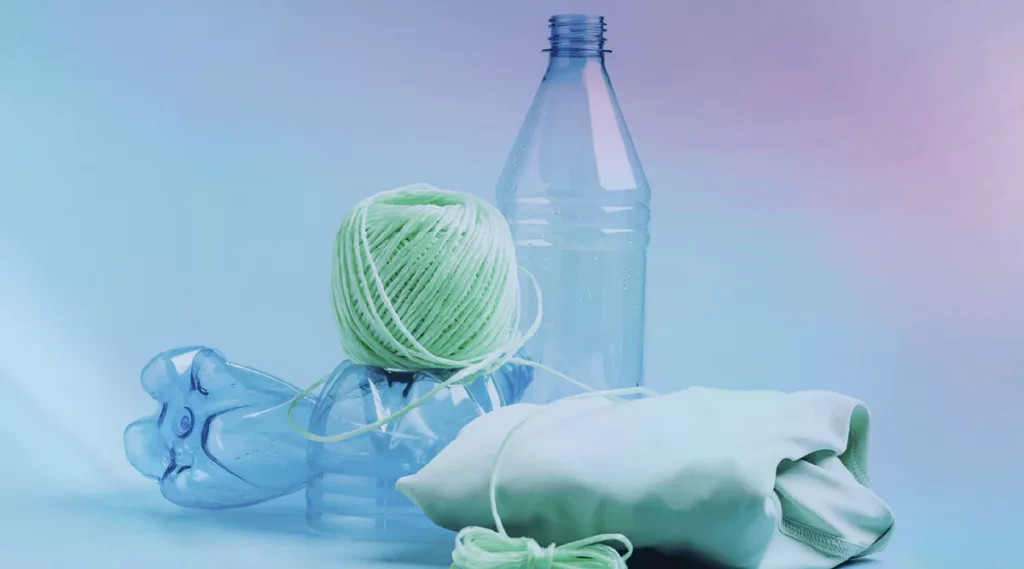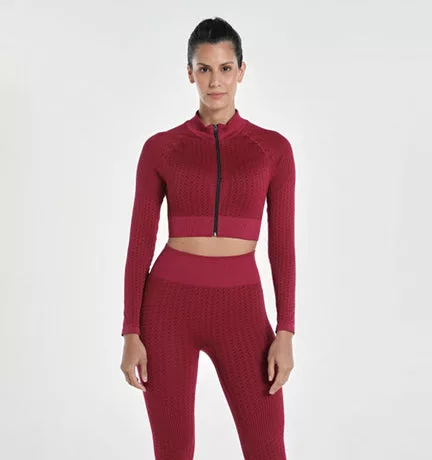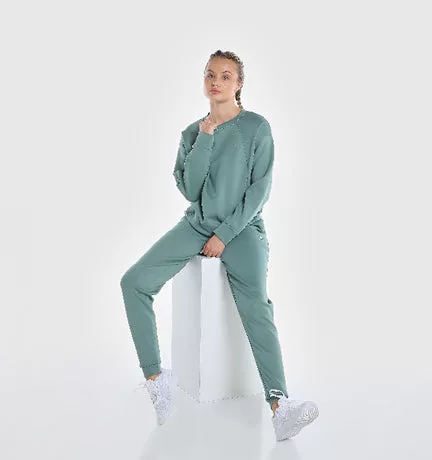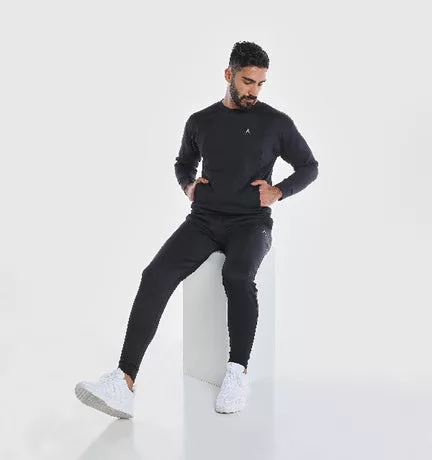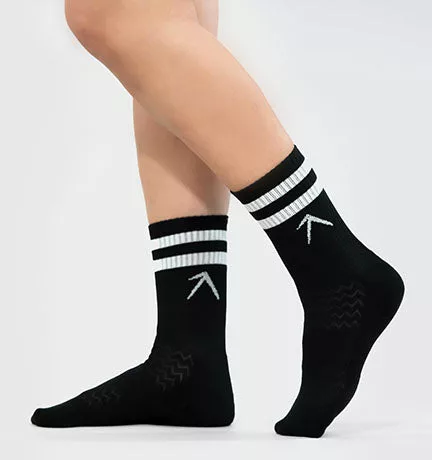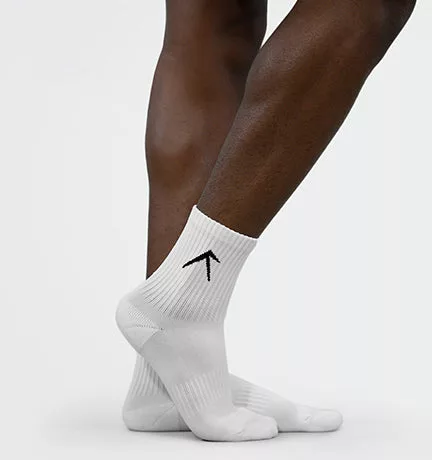Innovation
We are adopting fashion innovation and replacing wasteful materials with sustainable alternatives. Fostering the development of eco-friendly fashion by deploying these through our business model, manufacturing process, and supply chain
Organic Hemp
Hemp is a versatile plant that can be used to make anything from food and building materials to cosmetics and fabrics. It’s actually one of the oldest fibres used for clothing, and it’s been used for hundreds of years due to its all-season suitability and ability to soften the more it’s washed.
Additionally, hemp is a very low maintenance plant. It needs little water, no pesticides and is naturally environmentally friendly. It even returns nutrients to the soil! If hemp is grown organically, without the help of chemicals to speed up the process, then it’s a truly sustainable fabric.
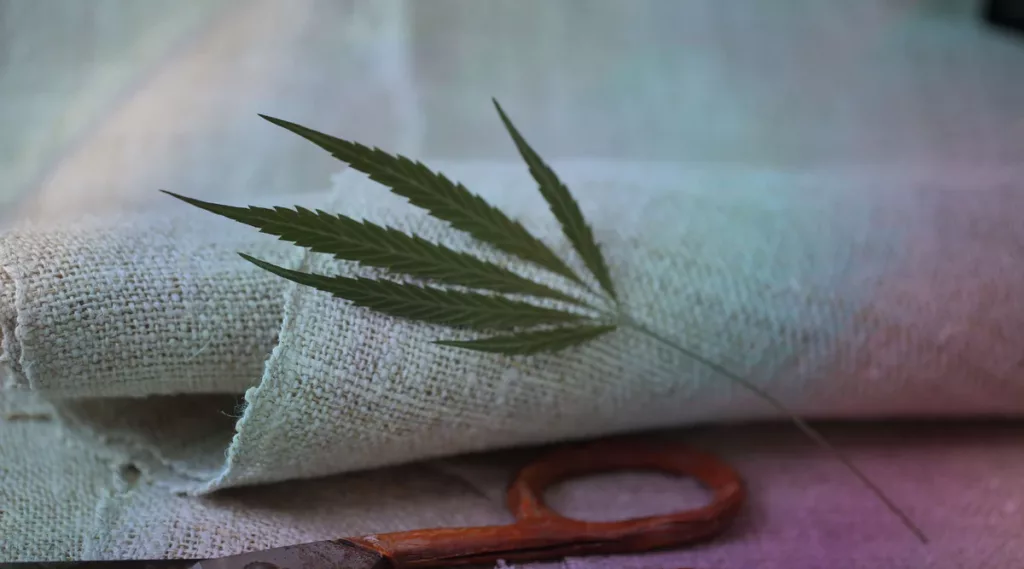
Organic Cotton
Cotton is a natural fibre, and one of the most common fabrics out there, but conventionally it can cause a lot of problems. It is extremely water-intensive and chemical-intensive, which can have negative effects on the
environment.
Organic cotton is grown in a way that doesn’t use pesticides or chemicals and is therefore significantly more environmentally friendly than regular cotton. You can double-check that your cotton is organic by seeing if it is G If you want to go a step further, recycled cotton is an even more sustainable option.
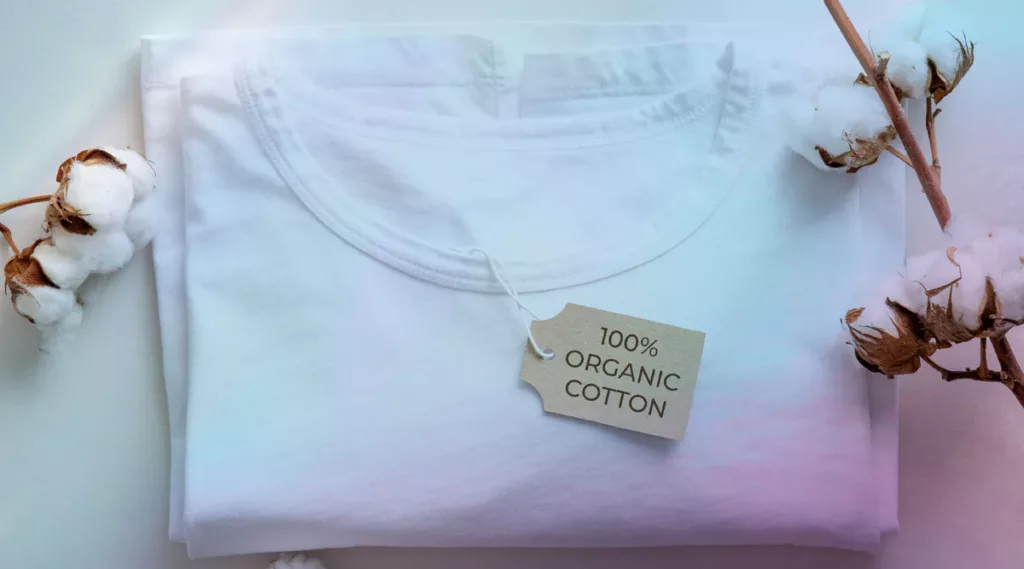
Organic linen
The benefits of organic linen are very similar to that of hemp – it’s been grown for hundreds of years, requires little maintenance, and is biodegradable when left untreated. Plus, it’s soft, light, strong, and even naturally moth resistant.
Every part of the plant can be used in the creation of linen fabric, meaning there is also minimal wastage. Although the manufacturing process is relatively mechanically intensive and will release some emissions, the fabric is still one of the most sustainable options out there.
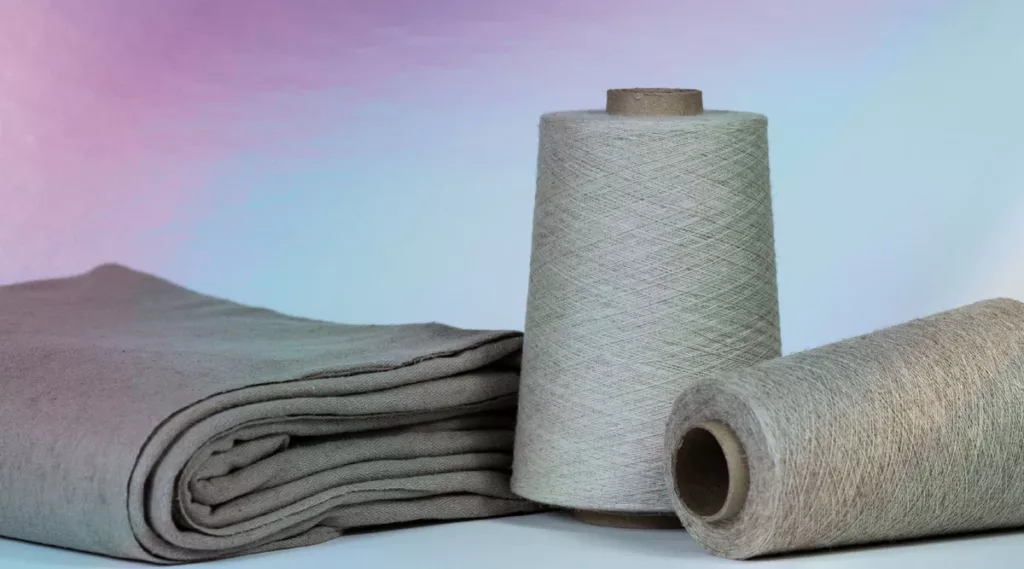
Lyocell
Lyocell is a lightweight fabric made from wood pulp, and it has some great properties, including being highly absorbent, anti-bacterial, odour-free and moisture-resistant. Since wood pulp is plant material, lyocell is biodegradable, helping to make it a sustainable fabric. The most popular brand of lyocell is Tencel.
The wood pulp does need to be chemically digested in order to create cellulose fibres, but the water and chemicals used during production are usually able to be recycled. This greatly decreases the amount of new chemicals and water being taken for production purposes.
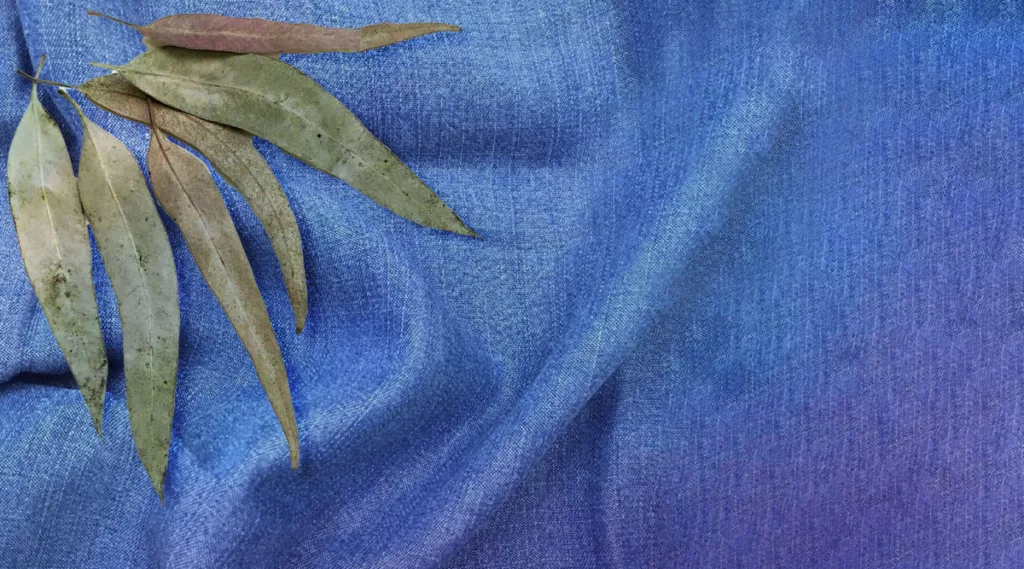
Econyl
Another recycled fabric, Econyl is a fibre made from synthetic waste including industrial plastic and ocean fishing nets. The result is extremely similar to nylon, making Econyl a kind of recycled nylon. Due to the recycling process, significantly less waste is produced and fewer resources are used compared to nylon production.
It is still worth mentioning that washing Econyl will lead to shedding microplastics that could end up in the ocean. So perhaps consider using a washing bag that prevents microplastics from escaping, or just sticking to products that don’t need to be washed often, such as trainers.

Piñatex
Vegan leather has become extremely popular in recent years, but many of the leather substitutes are made from plastic, which isn’t sustainable at all. Piñatex is a material made from pineapple leaf fibre, and is, therefore, a natural food by-product. This is especially great because pineapple leaves are traditionally discarded, but now a new purpose has been found for them.
Piñatex was manufactured by Ananas Anam in 2017, and the company works with farmers in the Philippines to produce this material. One downside to consider is that cultivating pineapples uses up a lot of resources, which is why it’s best that Piñatex is just made as a food by-product.
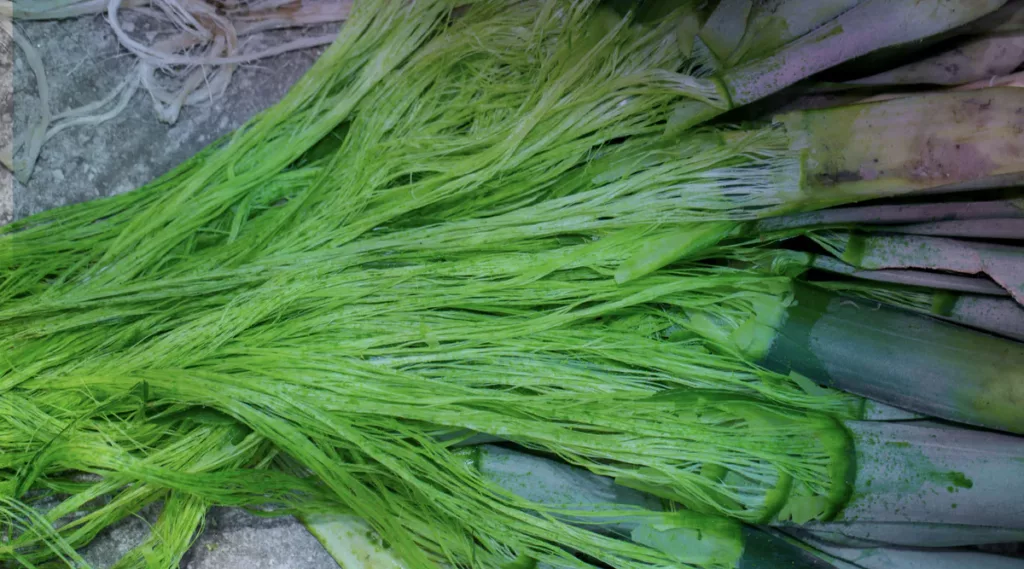
Qmonos
One of the most interesting fabrics we’ll be discussing today is Qmonos – synthetic spider silk developed using spider genes and microbes. Since it’s synthetic, no spiders are used in the process, making the fabric vegan-friendly and not harmful to any creatures.
The fibre is, amazingly, five times stronger than steel, making it extremely durable. Despite this, it’s a lightweight and flexible fabric. Although Qmonos is a great sustainable fabric choice, being completely biodegradable, it is worth mentioning that it’s very expensive and hard to find.

Deadstock fabric
This isn’t a type of fabric per se, but deadstock fabric is routinely used by brands claiming to be sustainable. Deadstock fabric is essentially old fabric that hasn’t been sold – it could be slightly damaged, it may have been over-ordered by the original owners, or it might be sold as fabric scraps.
Vintage deadstock is sustainable because these fabrics already exist, and there are no new damaging manufacturing processes involved in their creation because they were made so long ago. However, deadstock is not necessarily sustainable. This is because some factories purposely over-produce fabric, knowing that people will buy it at a discounted rate.
In addition, some deadstock fabrics may not have been used because there are too many issues – so you may be buying a low-quality fabric. As long as you stick to vintage deadstock, you’ll be choosing a sustainable option
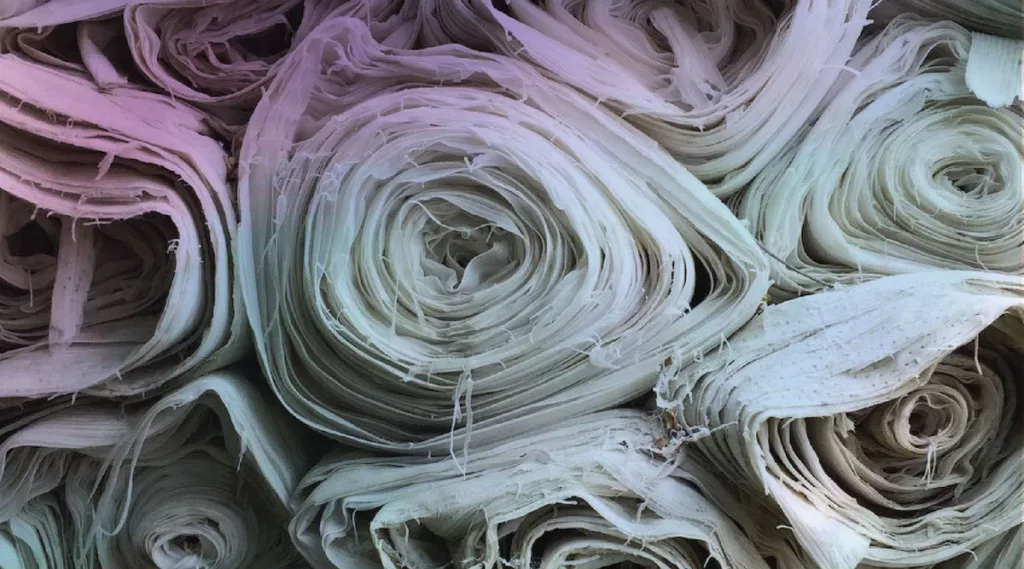
Bamboo
Many new sustainable brands will advertise their clothes as being made from soft, sustainable bamboo fabric. The truth is a little more complicated. Bamboo is actually a highly sustainable plant when grown in the right way, but often the way it’s manufactured into fabric is not so great for the planet.
Often, bamboo needs to go through an intensive chemical process in order to create fabric, and so the finished product is actually very similar to the unsustainable rayon. However, it is still a more sustainable option than regular cotton and polyester, so if you do a little research on the brand, you may still be choosing a relatively eco-friendly fabric.
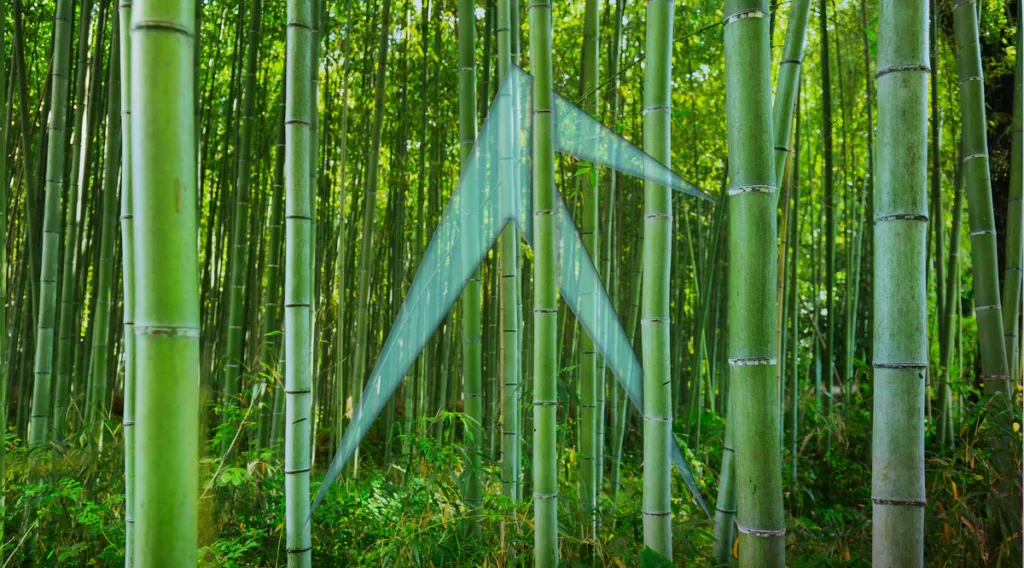
Recycled fabrics
The argument is the same one that we use for advocating buying second-hand clothes – using recycled fabrics means you don’t use up any new materials or resources and you prevent fabric waste.
Recycled polyester is an interesting sustainable fabric since traditional polyester is usually one of the worst offenders. It’s often made from plastic bottles, therefore, it reduces the amount of plastic waste sent to landfills and skips the intensive process that normal polyester goes through. However, it is worth noting that recycled polyester still releases microplastics when washed.
Polyamide is a material that has been recycled from waste. The raw material source for recycled polyamide can be old fishing nets and carpets, and also waste from the manufacturing industry
Recycled cotton prevents additional textile waste and requires far fewer resources than conventional or organic cotton. This makes it a great sustainable option. Cotton can be recycled using old garments or textile leftovers. The quality of the cotton may be lower than of new cotton.
